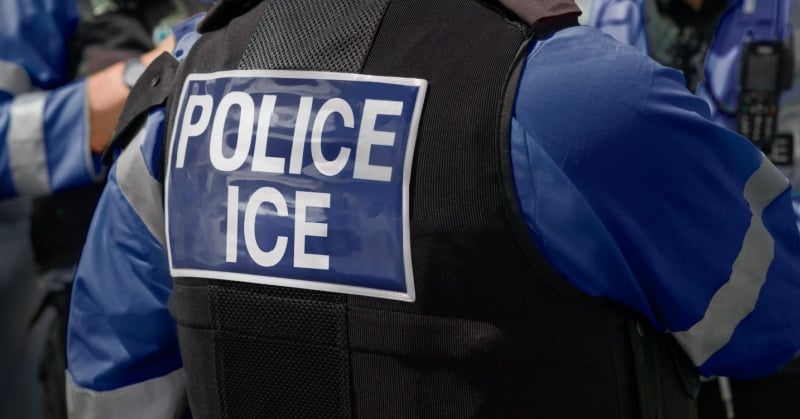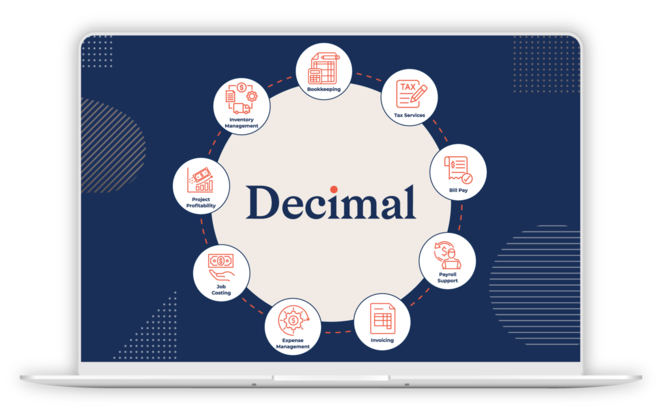Given the widespread media coverage of ICE operations, it comes as little surprise that Homeland Security Investigations (HSI), the investigative arm of ICE, reports an increase in worksite operations, arrests, and proposed fines tied to employment verification rules. Since January 2025, ICE has reported more than 1,000 worker arrests and over $1 million in proposed fines in the interior of the U.S., with additional operations in multiple states.
This increase in activity makes I‑9 readiness a priority for every employer and for the advisors who serve them. This article will guide you through the I-9 compliance requirements and outline steps to take if your client is subject to an ICE inspection or raid.
What’s the difference between an ICE inspection and a raid?
It’s important for advisors to understand the types of ICE activity that could affect their clients. There are two main types; one is compliance-based and procedural, and the other is enforcement.
An I-9 inspection is an audit process that begins when ICE serves a Notice of Inspection (NOI) to the employer. This notice gives the employer at least three business days to produce Forms I‑9. Agents then review the forms and may request payroll, active/terminated employee lists, articles of incorporation, and licenses. If technical or procedural failures are identified during the inspection, the employer gets at least 10 business days to fix them. However, more serious issues can lead to fines.
A raid/enforcement operation is a law enforcement action, often based on a search warrant, in a criminal investigation. The warrant controls what agents can do and what areas they can access. ICE has recently highlighted multi‑agency search warrant operations tied to suspected unlawful hiring or related crimes. In these situations, legal counsel should take the lead with your client.
The I-9 inspection process
Establishing and maintaining a strong Form I-9 process is one of the most effective ways for employers to minimize compliance risks during an inspection. The requirements are precise, and while they may seem administrative in nature, failure to follow them can result in significant penalties. By helping your clients understand and follow the rules regarding document retention, inspection timelines, correction opportunities, and potential enforcement outcomes, you can assist them in navigating the I-9 process with confidence and prepare them in the event of an inspection.
- Retention rule (the “3 year/1 year” rule)
The foundation of compliance is proper recordkeeping. Employers must keep each I-9 for three years after the date of hire or one year after the date employment ends, whichever is later. This retention rule applies universally to all employees who are required to complete the form.
- Production timeline during an inspection
When ICE issues a Notice of Inspection (NOI), preparation becomes critical. Employers have at least three business days to produce the requested I-9s. The best practice is to provide exactly what ICE requests—no more and no less—and to retain a copy of everything submitted.
- Correction window for technical errors
Not every deficiency results in penalties. If ICE identifies technical or procedural mistakes, the employer receives a Notice of Technical or Procedural Failures. From there, the employer has at least 10 business days to make corrections. It is important to make corrections cleanly and transparently—never backdate or obscure original entries.
- Possible outcomes
Once the review concludes, ICE will issue a response. This may be a Compliance Letter (confirming no issues) or one of several types of notices, such as a Notice of Discrepancies, Notice of Suspect Documents, or Warning Notice. In cases where ICE issues a Notice of Intent to Fine (NIF), employers have 30 calendar days to request a hearing before the Office of the Chief Administrative Hearing Officer (OCAHO) if they wish to contest the finding.
How accountants can prepare clients now
So how can you help your clients prepare and help protect them from disruption in the event of an inspection or worse?
Be proactive.
Below are some best practices to ensure your clients are informed, educated, organized and compliant.
-
- Start with a short risk conversation
Ask clients about their current hiring process. Make sure to gather details about hiring volume, turnover, and who handles I‑9s. This will help identify high‑risk sites or roles (e.g., many seasonal hires, multiple hiring managers, or paper‑only systems). Help clients create payroll and onboarding workflows so I‑9s aren’t an afterthought.
- Set up an I‑9 “readiness” file
Recommend that clients create a secure folder with: - current I‑9s
- a list of active/terminated employees and key dates
- policy and training records
- a retention tracker
- a production checklist for responding to an NOI
The goal is to be able to answer the door and produce records calmly and on time. Providing your clients with a branded checklist is a valuable resource. - Run periodic internal audits (with guardrails)
A simple, periodic self‑audit catches small issues before they become big ones. ICE and DOJ have jointly published guidance for internal I‑9 audits that helps employers structure reviews while avoiding discrimination. Use a correction log, don’t over‑collect documents, and make sure fixes are transparent. - Train the front line
Train everyone who touches onboarding (HR, managers, payroll) on how to complete and review the I‑9. Focus on common errors in Sections 1 and 2, how to review List A/B/C documents, and when reverification is required. Retain sign‑in sheets or LMS records as proof of training. - Build a response plan
Document who within the organization will receive the NOI, who will coordinate the response, where the records are located, and which attorney will lead the effort. Rehearse the steps. If ICE arrives with a search warrant, pause, contact counsel, and follow the warrant’s scope. Make sure your client knows not to volunteer unrelated records. - Consider outreach resources
Some employers may benefit from HSI’s voluntary IMAGE program, which provides training and an I‑9 audit as part of enrollment. Consider evaluating fit for the IMAGE program with legal counsel before enrolling.
Quick client checklist you can share with clients
- A written I‑9 policy and a short training each year.
- Centralized, indexed I‑9 files (active vs. terminated clearly separated).
- A retention tracker that applies the 3‑year/1‑year rule.
- A quarterly mini‑audit with a corrections log.
- An NOI response plan with roles, counsel contact, and a document checklist.
- An anti‑discrimination statement and process checks to prevent over‑collection or selective document requests.
- Start with a short risk conversation
What if your client gets an NOI?
If your client receives a notice of inspection, follow these steps to help them get ready.
- 1. Note the deadline and notify counsel. Calendar the 3‑business‑day production date immediately.
- 2. Assemble the requested set of documents. Gather I‑9s and only the supporting documents ICE asks for (e.g., payroll, lists of active/terminated employees, formation documents). Keep copies of everything you send.
- 3. Fix technical errors the right way. If your client receives a notice of technical failures, work with them to correct them within the 10‑business day window. Be sure to document each correction without erasures or backdating.
- 4. Track outcomes and next steps. If your client receives a Notice of Intent to Fine, it’s recommended to discuss with legal counsel whether to request an OCAHO hearing within the allowed 30 calendar days.
If ICE shows up with a warrant (a “raid”)
The most important advice you can provide to your client is to stay calm and call legal counsel immediately. They should also ask for and read the warrant, which will list the locations and items covered in the raid. They should never consent to expand the search beyond what the warrant allows and it’s important to keep a log of who arrives, what they review and what they take from the premises.
Ensure your client understands that these are merely process points and not legal advice. Their legal counsel should direct all decisions in the event of a raid.
Being ready is your client’s best defense
ICE worksite enforcement is more active in 2025, and employers who are casual about I‑9s are taking a risk. Help your clients build simple, repeatable controls: sound policies, clean files, trained staff, and a quick response plan. By helping your clients become compliant now, you can reduce fines, avoid panic, and keep your clients focused on running their business.
Disclaimer: This article provides general information and is not legal advice. Clients should consult qualified immigration/employment counsel for specific matters.
The article was written with the assistance of AI.
.png?width=150&height=63&name=TWRlogo-regmark_blueblack%20(1).png)
.png)










Do you have questions about this article? Email us and let us know > info@woodard.com
Comments: